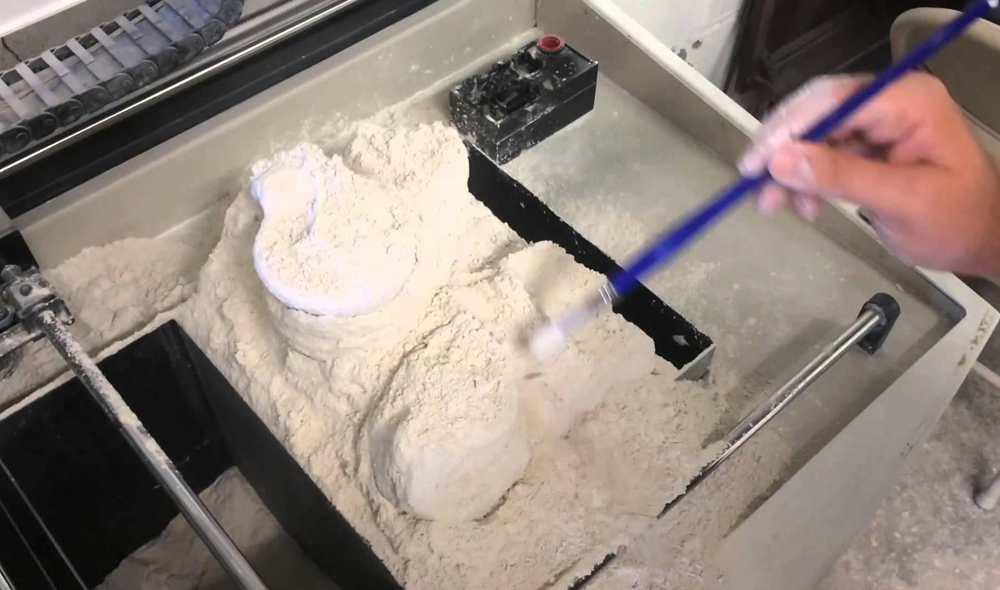
TVEL Will Produce 3D Printing Powder
back to contentsRosatom’s Council for Development and Globalization decided to provide finance for the Ural Electrochemical Plant to set up a production facility. It will be capable of making 20 tons of granulated powders per year.
The manufacturing technology for copper, aluminum, titanium and nickel powders was developed at the Urals Federal University (one of Rosatom’s core universities). “Our product is identical to foreign counterparts and can be used in foreign additive machines,” said Oleg Yelistratov, Deputy CEO for Non-Nuclear Business at the Ural Electrochemical Plant. “Our production costs are two to three times lower than those of foreign powders and make our products competitive both in Russia and on the global market.”
The printer features a 1,000 W laser and a three-axis optical scanner. With a printing speed of 15 to 70 cm per hour, the additive machine works as fast as its foreign counterparts, but is much cheaper.
Earlier this year Rosatom presented the first commercial 3D metal printer designed in Russia. The development process was led by Rosatom’s Central Research Institute of Machine Building Technology. The printer uses a selective laser melting (SLM) technology and can print metal parts using fine granulated metal powders. Apart from the Ural Electrochemical Plant, the powders can be manufactured by other Rosatom Group companies, including Bochvar Russian Research Institute of Inorganic Materials, Chepetsk Mechanical Plant, R&D Institute of Rare Metal Industry and Russian Research Institute of Chemical Technology.
The 3D metal printing technology keeps scrap down to the minimum, improves reliability of products and increases their useful life. It requires much less time for R&D, prototyping and manufacturing than conventional technologies, with the product quality and strength being comparable or at times superior to alternatives (e.g. cast products). According to expert estimates, the global market of additive technologies and associated products and services will exceed 12 billion US dollars by 2018.




